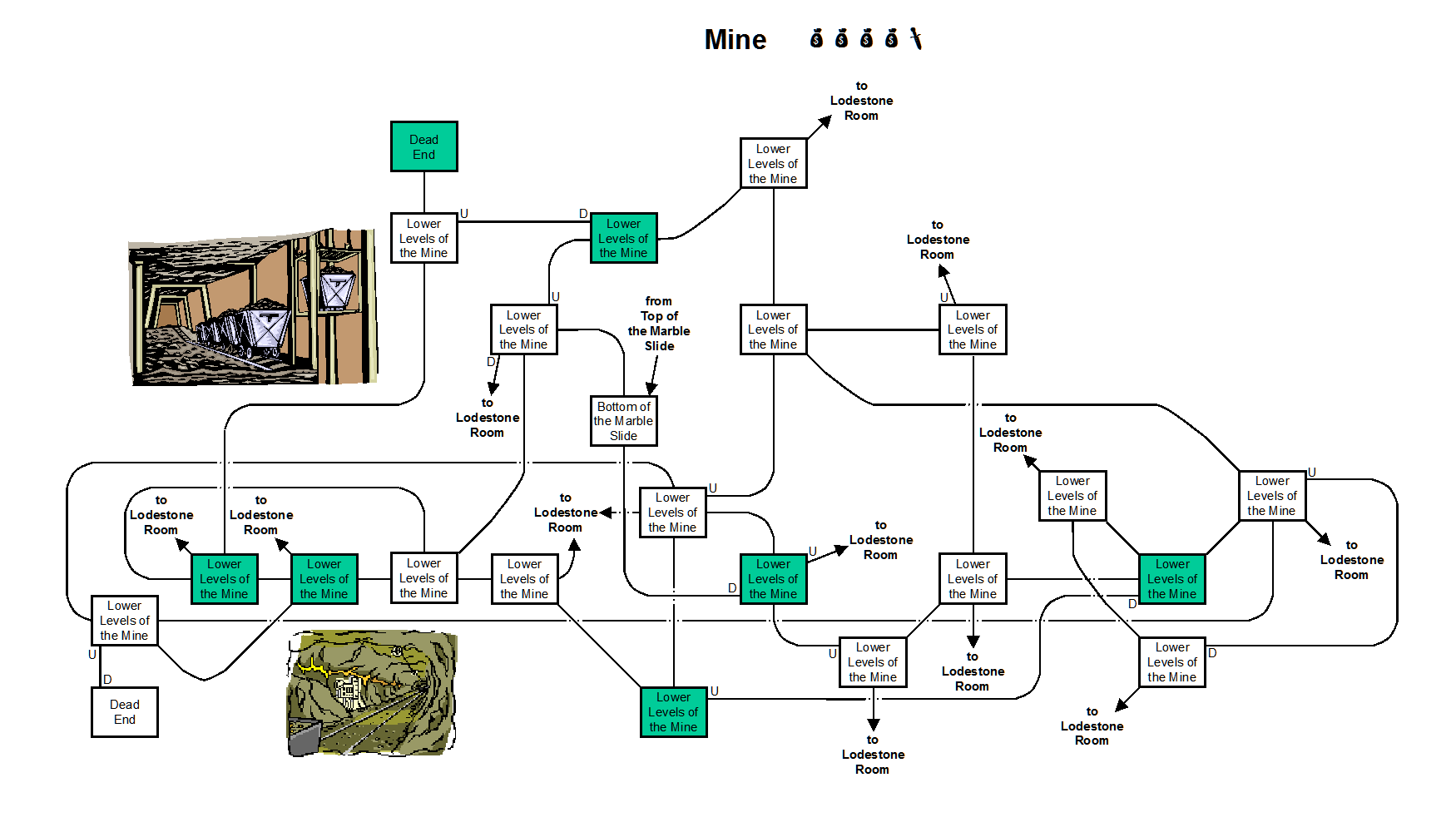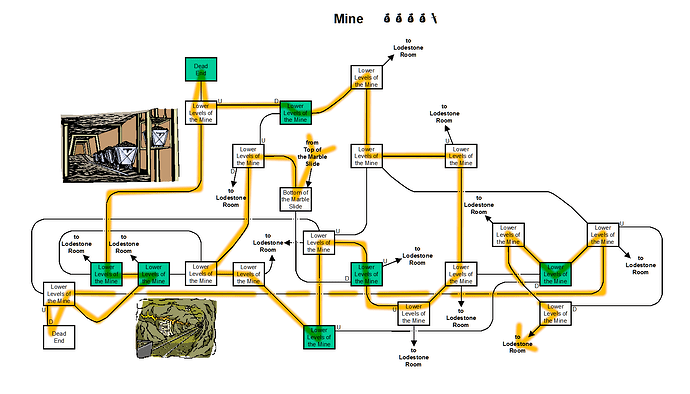Not a lot of new progress; this last week had a combination of several events that made it possibly the worst week I’ve had in this decade, but it all magically reversed today and became great again.
I’ve done a lot of stuff for this level but it is all very skeleton-y and I’m creating a bunch of stuff I wonder if I’m going to have to throw out.
For instance, I’ve been thinking of how to make rifts work lore-wise. I’ve always imagined rifts as sorts of wormholes to the future. As an early mechanic, I made a rift to every ‘dimension’, and each rift started out red and became green when you solved it as a visual indicator that a level is done.
So now in the tool dimension I’m having things slowly build up to manipulating that, so I’ve incorporated some other kinds of rifts.
What follows is all mild spoilers, but maybe not if I change it?
Wormholes are when two places in space time connect in a way I think of as a ‘connected sum’ in topology. In that field, you can make a connected sum by deleting a ball from both spaces and sewing the edges of the ball together.
So, I’ve thought of ways of turning this into different kinds of rifts. I also thought I’d incorporate stuff from my ‘Yang Chamber’ in Dimension 8 (that separates the user into a different closed dimension) and the theory of relativity (where two things can have ‘spacelike’ or ‘timelike’ separation).
So here’s my current taxonomy of rifts:
-a ‘black rift’, which has an inside and an outside. This corresponds to ‘deleting’ a chunk of space. From the outside, it’s just a black spot that can’t be touched. Inside, it’s its own mini universe, but a very small one.
-‘blue rifts’, which connect things with a ‘spacelike’ separation. They allow quick travel between different areas in the same time zone.
-‘red’ rifts, which connect two areas with ‘timelike’ separation when the connection between them is uncertain. Basically, time travel needs a stable time loop. If a stable loop isn’t stable (because the future person doesn’t do what the past remembers), the whole loop collapses back to the past and that future disappears. During the time that the future is uncertain, the rift is red.
- ‘green’ rifts, which are red rifts when the future becomes certain. Once the major turning points of the past are verified/accomplished, the rift becomes green. This gives the rifts some energy that can be harvested.
I’m thinking of allowing rifts to be opened or closed, either by shrinking/expanding or by turning a colored rift into a black rift.
The issue is that I’ve done about half of this new dimension and I’ve introduced contradictory things into it (in one part closed rifts are black rifts, in another they’re just small). It’s not really cohesive at all. I’m thinking of just fleshing it out and using the long break of the ifcomp to go back and rewrite parts.
Does this system sound interesting? I technically don’t need any of it. I could just make all rifts one color and find some other way to indicate to the player what they’ve accomplished. The benefits of this system are that the player can slowly work their way up learning about the different kinds of rifts in this dimension. The blue rifts also allow a wide diversity of rooms in this area (for instance, you have to find crystal shards to upgrade your tool, and I’ve written up a mini-puzzle where you open up a blue rift with the tool and it takes you to a pizza parlor where you have to use a coupon to get a pizza that has the shard in it. Just because it’s funny to me to contrast that with the earlier rooms where you just find it in a toolbox or something).

